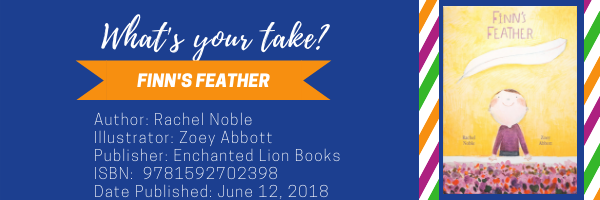By Julia López-Robertson, Asiye Demir and Lauren Hunt, University of South Carolina
Last week we talked about connecting with literature through music and left you with Un besito más a 2015 song from Mexican brother/sister duo Jesse & Joy that tells the story of what happens when an undocumented family calls the fire department. Although the song is from 2015, it remains relevant four years later. According to the Migration Policy Institute, in 2017, 44 percent of U.S. immigrants (19.7 million people) reported having Hispanic or Latino origins and of those, approximately 10. 7 million are undocumented immigrants (Pew Hispanic Center, 2018). Important to note, the number of undocumented immigrants living in the United States is at the lowest level in a decade. While the book deals with the repatriation of American citizens and not with undocumented immigrants, we drew similarities between the lack of humanity in their treatment. Continue reading



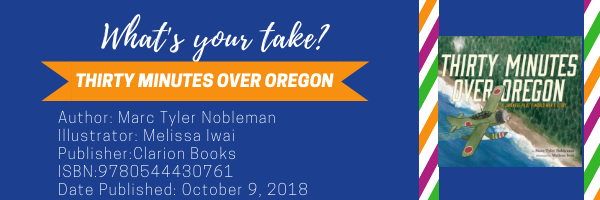

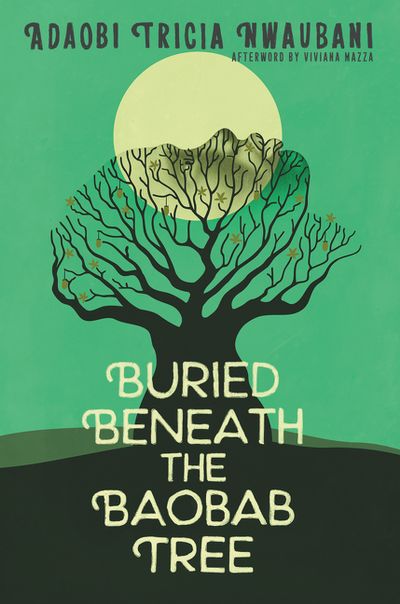 Ever wonder what happened to the 276 girls abducted from Chiko, Nigeria in 2014? World-wide attention turned to Nigeria as the terror of the Boko Haram attacked and killed many community members from the village, and then kidnapped the girls. As time passed, the story faded from our collective consciousness. Two female journalists, however, one from Nigeria and the other from Italy followed the story and gathered accounts from 57 girls who escaped from the terrorist group when government forces found and attacked it. Buried Beneath the Baobab Tree by Adaobi Tricia Nwaubani is a fictionalized account of what occurred with an afterword by Vivianna Mazza from Italy. Taking the accounts from those the journalists interviewed, Nwaubani now tells the story through the perspective of one girl who survived. Chronicling how the girls were forced to confess to a conversion to Islam or die and then treated as either slaves or wives to members of the Boko Haram, readers will be riveted by the short vignettes that authentically describe the horrors that occurred within the jungle camps of the Boko Haram. The narrative will also remind readers of the 219 girls who still remain lost to their families and community.
Ever wonder what happened to the 276 girls abducted from Chiko, Nigeria in 2014? World-wide attention turned to Nigeria as the terror of the Boko Haram attacked and killed many community members from the village, and then kidnapped the girls. As time passed, the story faded from our collective consciousness. Two female journalists, however, one from Nigeria and the other from Italy followed the story and gathered accounts from 57 girls who escaped from the terrorist group when government forces found and attacked it. Buried Beneath the Baobab Tree by Adaobi Tricia Nwaubani is a fictionalized account of what occurred with an afterword by Vivianna Mazza from Italy. Taking the accounts from those the journalists interviewed, Nwaubani now tells the story through the perspective of one girl who survived. Chronicling how the girls were forced to confess to a conversion to Islam or die and then treated as either slaves or wives to members of the Boko Haram, readers will be riveted by the short vignettes that authentically describe the horrors that occurred within the jungle camps of the Boko Haram. The narrative will also remind readers of the 219 girls who still remain lost to their families and community. 

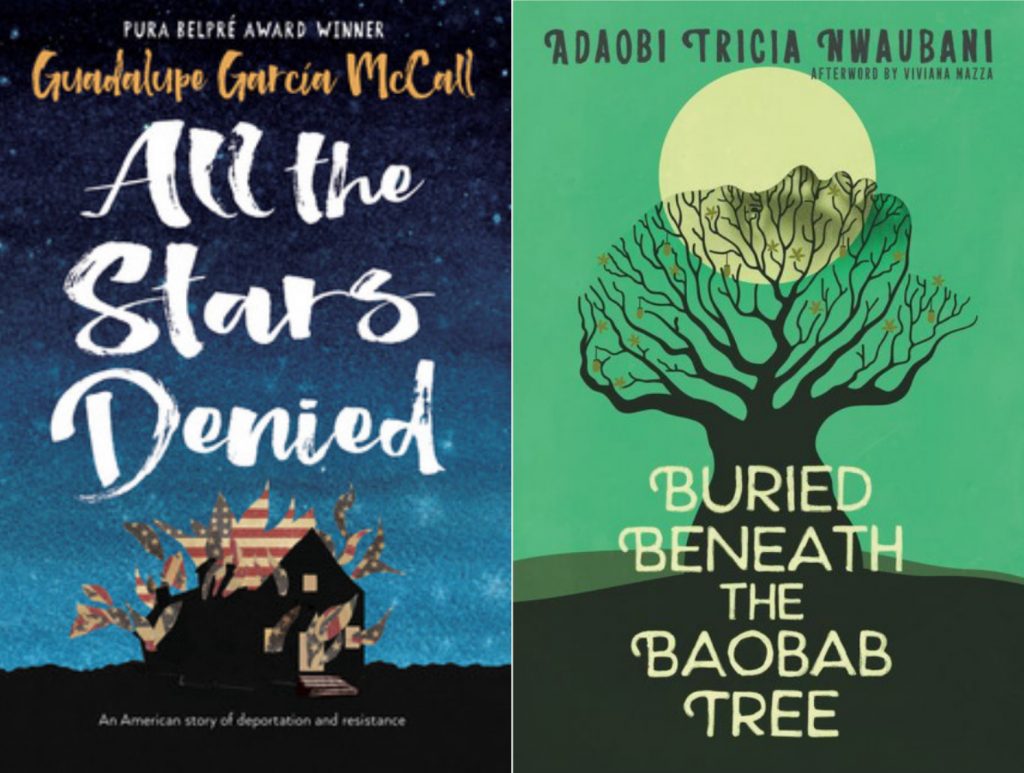
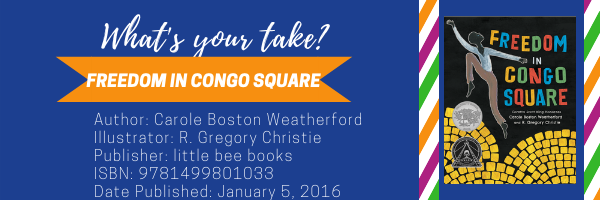

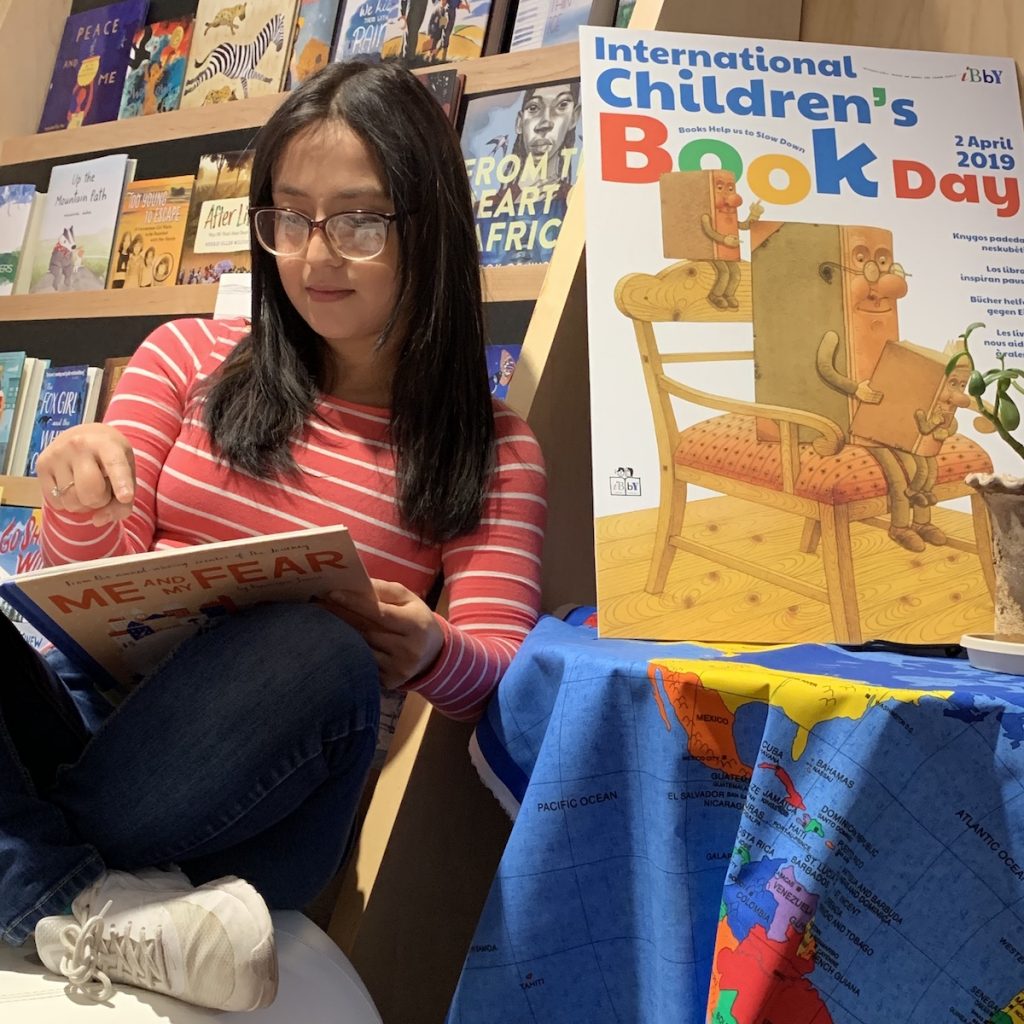

 Merci Suárez Changes Gears by Meg Medina Merci Suárez Changes Gears by Meg Medina, recalls the the middle grade experience of no longer being a child but not yet being an adult. This is the confusing age when responsibilities increase though little explanation is given as to why. The age when young people begin to question authority and long for independence, but still look for approval and acceptance. Medina captures all this in this 2019 Newbery Medal winning book.
Merci Suárez Changes Gears by Meg Medina Merci Suárez Changes Gears by Meg Medina, recalls the the middle grade experience of no longer being a child but not yet being an adult. This is the confusing age when responsibilities increase though little explanation is given as to why. The age when young people begin to question authority and long for independence, but still look for approval and acceptance. Medina captures all this in this 2019 Newbery Medal winning book. 